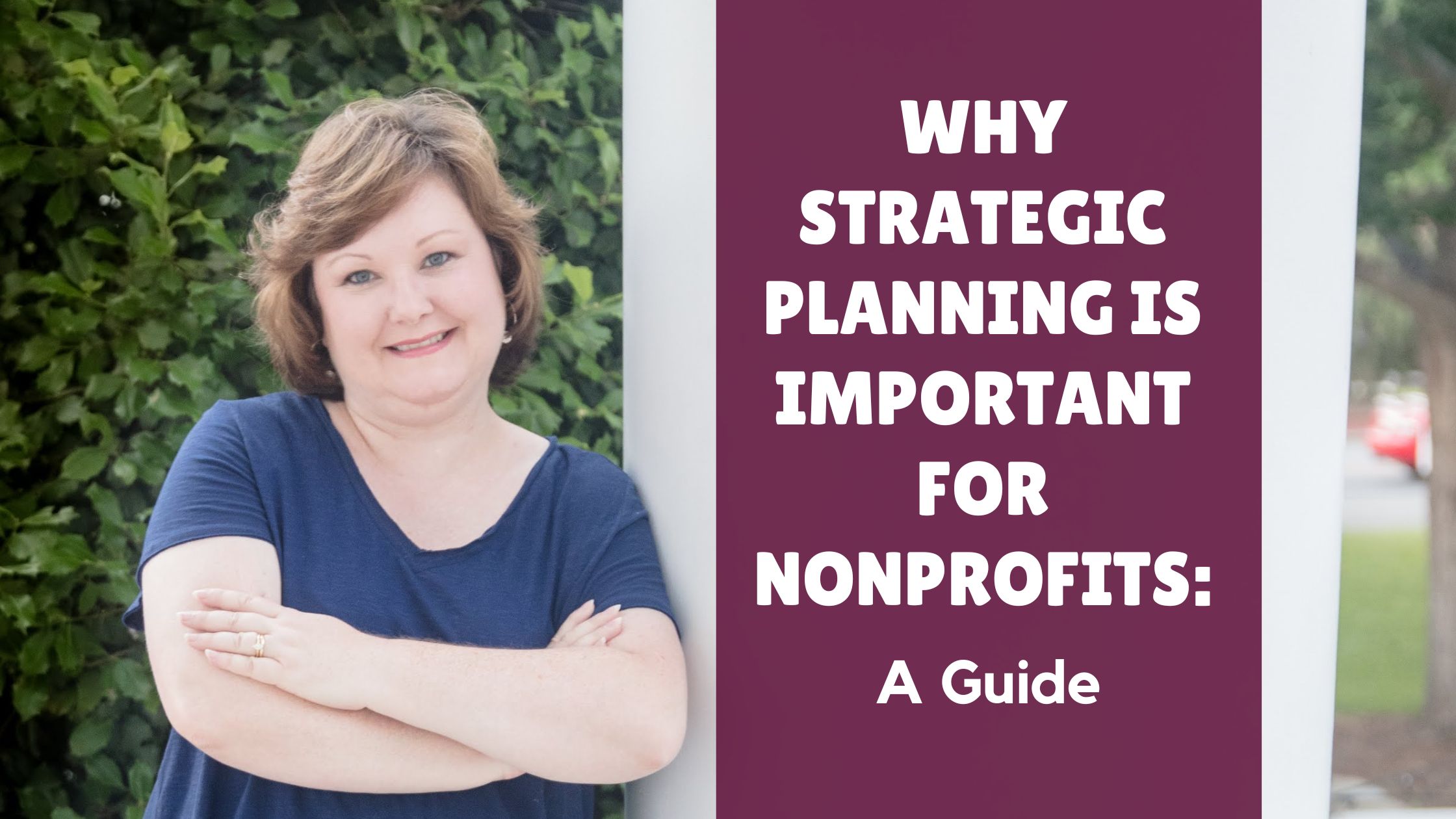Running a nonprofit organization is no easy task. With limited resources and a mission to make a positive impact, strategic planning becomes crucial for success. This blog will explore why strategic planning matters for nonprofits and how it can help you achieve your benchmarks and goals.
We’ll start by understanding the concept of strategic planning in the nonprofit context and its role in ensuring organizational stability and growth. We’ll also delve into how the strategic planning process enhances mission achievement and enables better utilization of funds.
But it doesn’t stop there. We will guide you through the steps in creating an effective strategic plan, from identifying your mission statement and setting goals to overcoming challenges during implementation.
If you’re ready to take your nonprofit to the next level, join us as we uncover the key reasons why strategic planning is essential and share best practices that will set you up for success.
Understanding Strategic Planning in the Nonprofit Context
Strategic planning plays a vital role in the nonprofit sector. It helps nonprofits define their mission, vision, and goals, providing a roadmap for decision-making and resource allocation. Identifying opportunities and challenges in their operating environment, strategy mapping, and strategic planning promotes collaboration and alignment among board members, staff, and stakeholders. It enables nonprofits to measure their impact and adapt to changes in the sector. With effective strategic planning, nonprofits can navigate the changing environment and achieve their mission in a time-bound manner.
The Concept of Strategic Planning
Strategic planning is a crucial process for nonprofit organizations. It allows them to define their mission, set short-term goals, and develop strategies to achieve those goals. By creating a roadmap, strategic planning helps guide the organization toward fulfilling its mission and creating a positive impact. This process also aligns the efforts of staff, board members, and other stakeholders, fostering collaboration and unity. Strategic planning facilitates decision-making by providing a framework to evaluate opportunities and make informed choices. It enables nonprofits to adapt to changing environments and effectively respond to challenges and opportunities. Additionally, strategic planning increases accountability and transparency by setting clear objectives, performance indicators, and timelines for achieving results.
The Role of Strategic Planning in Nonprofits
Strategic planning plays a crucial role in the success of nonprofit organizations. It provides a roadmap for achieving their mission and goals, allowing them to identify and prioritize objectives effectively. By assessing their current position and responding to changes in the external environment, nonprofits can align their activities with the needs of their target audience. Strategic planning promotes collaboration and engagement among staff, board members, volunteers, and other stakeholders, enhancing accountability and transparency.
The Importance of Strategic Planning for Nonprofits
Strategic planning plays a crucial role in the nonprofit sector. It helps organizations define their mission, vision, and goals, providing a roadmap for future growth. Donors can make the most impact by prioritizing resources and focusing on important initiatives. Strategic planning also allows organizations to anticipate and adapt to changes in their operating environment while measuring progress and evaluating impact. Ultimately, it improves communication and alignment within the organization.
Enhancing Mission Achievement
Strategic planning is crucial in nonprofit organizations by providing a clear roadmap for achieving their mission and goals. It helps these organizations stay focused and on track, allowing them to identify and prioritize their resources, such as funding, staff, and volunteers. Moreover, strategic planning enables nonprofits to anticipate and adapt to changes in their external environment, fostering collaboration and alignment among board members, staff, and stakeholders in pursuit of a shared vision.
How does Strategic Planning Enable Better Fund Utilization?
Strategic planning empowers nonprofits to optimize fund utilization. By prioritizing funding needs and allocating resources efficiently, funds are directed toward initiatives aligned with the organization’s mission. Through evaluation and analysis, strategic planning identifies areas for improvement, enabling nonprofits to maximize their impact and make informed decisions about resource allocation.
The Steps Involved in Strategic Planning for Nonprofits
The steps involved in strategic planning for nonprofits are crucial for their success. It starts with defining the organization’s mission and vision, followed by a comprehensive analysis of the internal and external environment. Next, achievable goals and objectives are set, which lead to the development of strategies for their accomplishment. These strategies are then implemented, progress is monitored, and outcomes are evaluated. Adjustments are made as necessary to ensure the effectiveness of the plan.
Identifying the Mission and Vision
Identifying the mission and vision is a crucial aspect of nonprofit strategic planning. It involves determining the organization’s purpose and desired impact. This step sets the direction for all other planning activities, ensuring everyone works towards a common goal. The mission and vision statements serve as a guide for decision-making, resource allocation, and program development. Regularly reviewing and updating them ensures alignment with stakeholders’ changing needs.
Setting Long-term Goals and Short-term Objectives
Setting long-term and short-term objectives is a crucial aspect of nonprofit strategic planning. It enables organizations to establish clear and achievable targets that align with their mission and vision. By breaking down larger goals into manageable tasks, nonprofits can create a roadmap for success. This approach helps them navigate the changing environment and stay focused on their mission, leading to effective strategy execution. Strategic planning ensures that all levels of staff, including board members and the CEO, work together towards the same financial and social welfare goals.
Overcoming Challenges in Implementing Strategic Planning
Nonprofits face various challenges when implementing strategic planning. Limited resources, including funding and staff, can make allocating time and resources to the process difficult. Some organizations may resist change or consider strategic planning unnecessary. A lack of expertise in strategic planning can hinder effective plan development and implementation. Unclear goals and objectives can lead to misalignment with the mission and vision. Engaging stakeholders, such as board members and staff, is crucial but challenging. Measuring the success of strategic plans can be daunting due to limited data collection and analysis resources.
How can Nonprofits Adapt to Unforeseen Changes during Strategic Planning?
Adapting to unforeseen changes during strategic planning is crucial for nonprofits. Regularly reviewing and updating strategies, having contingency plans, staying flexible, and incorporating stakeholder feedback are all effective ways for nonprofits to navigate unexpected challenges or opportunities.
Conclusion
In conclusion, strategic planning is crucial for nonprofits to achieve their mission, promote stability and growth, and effectively utilize funds. By identifying their mission and vision, setting goals and objectives, and adapting to unforeseen changes, nonprofits can navigate challenges and maximize their impact. To ensure the success of strategic planning efforts, nonprofits need to develop clear mission and vision statements and implement effective strategies. If you found this blog helpful, share it on social media to spread awareness about the importance of strategic planning in the nonprofit sector.

